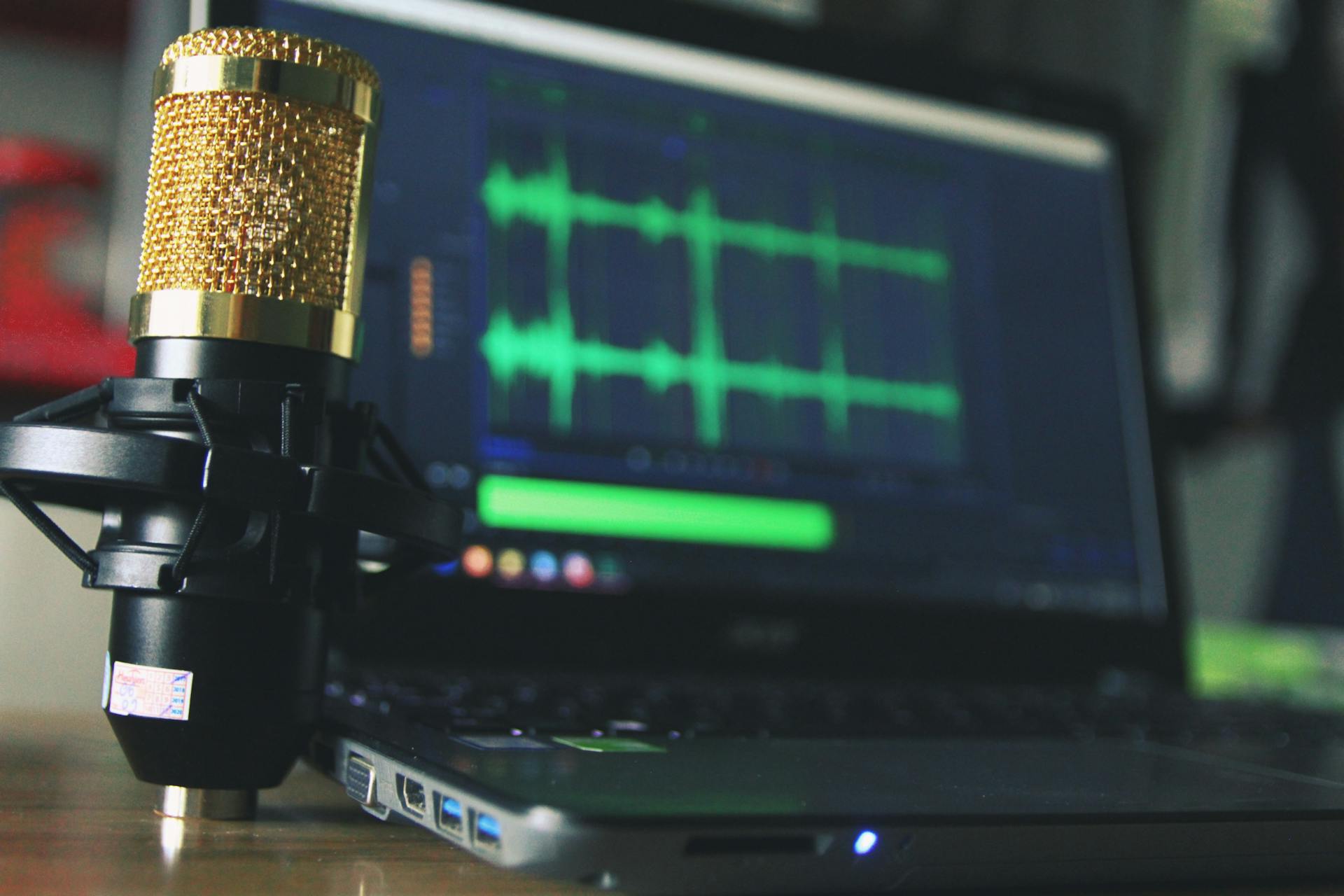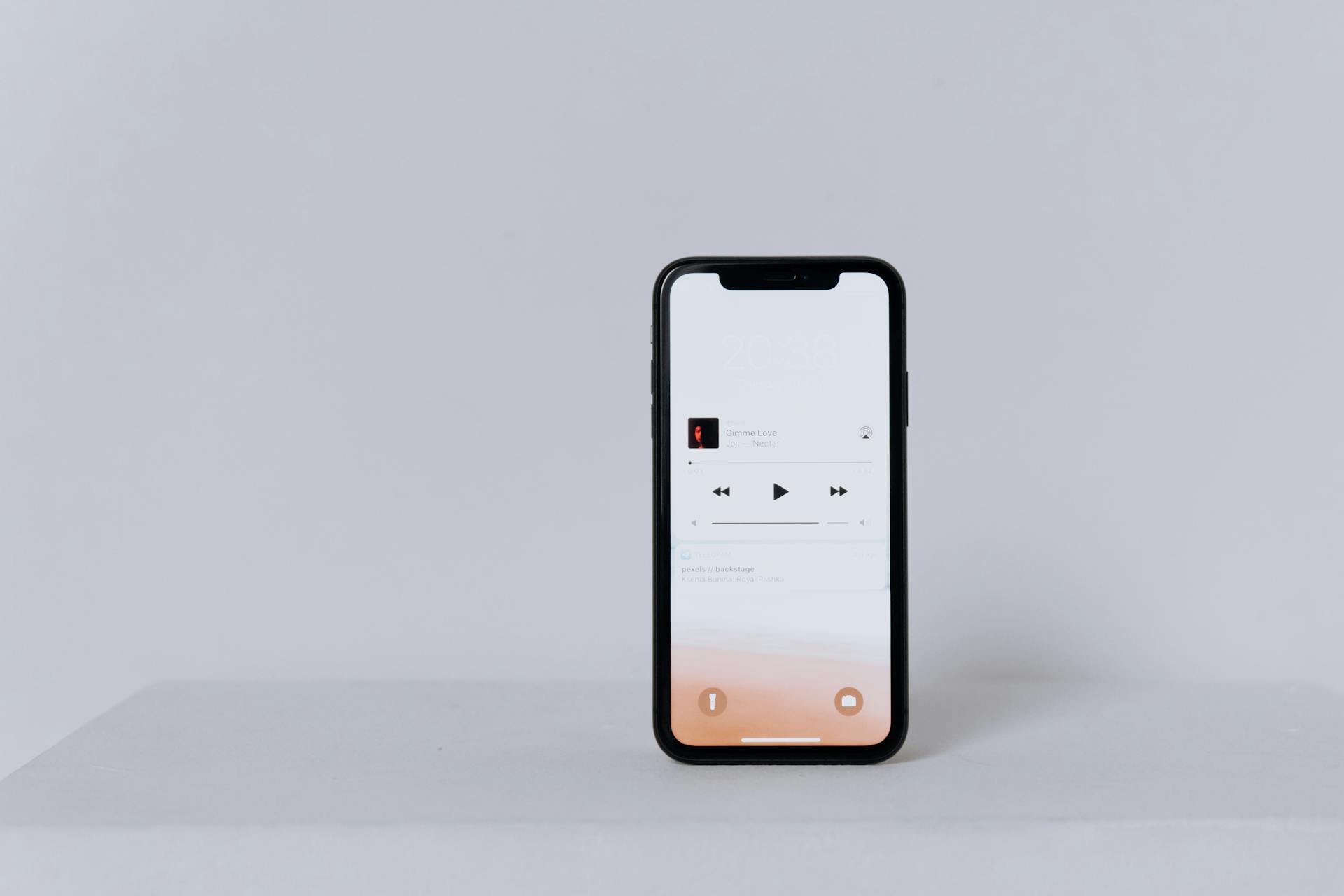Understanding Royalties: How and When You Get Paid

Where does that money go? How does royalty collection even work? And how can you track what's rightfully yours?
This guide breaks down everything you need to know about music royalties, including how streaming payouts work, when you can expect to get paid, and how to make sure you're not leaving money on the table.
Let's demystify the royalty system - once and for all.
What Are Music Royalties?
At its core, royalties are the payments you receive when your music is used. That could be from:
- Streaming platforms (Spotify, Apple Music, Deezer, etc.)
- Digital downloads (iTunes, Amazon)
- Sync licensing (TV, film, ads)
- Public performances (radio play, live venues, stores)
- Mechanical royalties (generated through reproductions of your music)
As an artist, you may be entitled to multiple types of royalties depending on how your music is being used and whether you own or control the rights. For the purposes of this article, we'll focus on digital streaming royalties, because that's where most indie artists start.
How Streaming Royalties Actually Work
Let's break it down step by step:
1. User Plays Your Song
A listener streams your track on a platform like Spotify, Apple Music, YouTube Music or any other streaming service.
2. Platform Collects Subscription or Ad Revenue
The platform earns money from either a user's monthly subscription or ads shown during playback.
3. Platform Payout Pool
Each platform sets aside a portion of that revenue into a pool that gets distributed among rights holders based on their share of total plays.
Example: If your track got 10,000 streams out of 10 million total that month, you'd be entitled to 0.1% of the payout pool.
4. Distributors Handle the Payout
The platform pays your music distributor (like Yeebra), who then passes the royalty on to you, usually once a month.
Important: Most platforms don't pay you directly. They pay your distributor, who acts as the middleman collecting, processing, and reporting your royalties.

When Do You Get Paid?
This is where things get a little tricky because different platforms have different payout schedules, and there's always a delay (called a reporting lag) between streams and payment.
Here's a general timeline:
| Platform | Reporting Lag | Payment Frequency |
|---|---|---|
| Spotify | ~2-3 months | Monthly |
| Apple Music | ~1-2 months | Monthly |
| TikTok | ~1-3 months | Monthly |
| YouTube Music | ~1-2 months | Monthly |
| Amazon Music | ~2-3 months | Monthly |
Example:
If your song is streamed on Spotify in January, you might see those royalties reflected in your March or April reporting from your distributor.
How Much Do You Actually Get Paid?
Streaming payouts vary by platform, region, and user type (free vs. premium), but here are some rough per-stream estimates:
| Platform | Estimated Payout Per 1,000 Streams |
|---|---|
| Spotify | € 2 - € 5 |
| Apple Music | € 5 - € 10 |
| Amazon Music | € 3 - € 6 |
| YouTube Music | € 2 - € 10 |
| Deezer | € 4 - € 8 |
| Tidal | € 5 - € 9 |
Reminder: These are just averages. Real payouts depend on factors like location, subscription tier, and total revenue share.
Tip: Yeebra doesn't take a cut of your royalties. You keep 100% of what you earn on streaming and downloads making it easier to build sustainable income.
How to Track Your Royalties (Without Going Crazy)
One of the most frustrating parts of being an indie artist is not knowing where your money is, or whether you're being paid correctly.
That's why choosing the right distributor matters.
With Yeebra, you get:
- A dashboard showing your streams, downloads, and revenue
- Transparent stats with no hidden fees or royalty cuts
Here's what you should be tracking regularly:
- Top-performing tracks
- Revenue by platform
- Listener location data
- Playback trends over time
By keeping an eye on your data, you'll know exactly:
- What's working (and should be promoted further)
- What countries are discovering your music (great for tour or ad targeting)
- What tracks are generating the most income
Who Gets What? Understanding Split Rights
One song can involve multiple rights holders and they each get a different slice of the royalty pie.
Let's break it down:
1. Recording Royalties (Master Rights)
- Collected by your distributor (like Yeebra)
- Go to whoever owns the recording (usually you, the artist)
2. Publishing Royalties (Composition Rights)
- Collected by a Performing Rights Organization (PRO) or publisher
- Go to the songwriter(s) and publisher
So if you wrote the song and recorded it, you're entitled to both types of royalties. But your distributor only pays you for the recording side. To collect publishing income, you also need to register with a PRO like GEMA (Germany), ASCAP (USA), or PRS (UK).

5 Tips to Maximize Your Royalty Earnings
Want to grow your monthly payouts? Start here:
1. Release Music Consistently
Each new song is a new stream of income. Platforms reward regular uploads with more exposure and fans stay engaged.
2. Distribute Everywhere
Don't limit yourself to just Spotify. With Yeebra, your music goes to TikTok, Tidal, Deezer, Apple, YouTube, Beatport, and dozens more increasing your earning potential across platforms.
3. Leverage Short-Form Video
Use Instagram Reels, TikTok, and YouTube Shorts to create viral moments around your track. These platforms now drive serious streaming traffic.
4. Use Pre-Saves & Playlists
Encourage fans to pre-save your releases, and pitch early to editorial and algorithmic playlists. First-day activity influences long-term success.
5. Understand Your Data
Log in regularly to your Yeebra dashboard and Spotify for Artists. Track what's working and focus your energy on what drives both plays and payouts.
What About Monetizing YouTube, TikTok, and More?
These platforms have their own rules and different royalty mechanisms.
YouTube
- Pays per video views with your sound
- Tracks usage of your music in videos
- Also pays if your track is streamed through YouTube Premium or YouTube
TikTok
- Pays per video view of your sound usage
- Revenue depends on number of views and platform's ad revenue
Facebook & Instagram Reels
- Music usage is monetized based on licensing agreements
- You may receive royalties if your track is used in user-generated content
Yeebra ensures your music is properly fingerprinted and monetized across all these platforms, so you don't miss a cent.
Recap: Key Royalty Takeaways for Indie Artists
- You earn royalties every time your music is streamed, downloaded, or used in content.
- There's a delay of 1–3 months between streams and payout.
- You need to track your streams and earnings using your distributor's dashboard.
- Distributors like Yeebra handle the master rights royalties, while PROs collect publishing royalties.
- To make more money with your music, release often, promote smart, and watch your data.
Final Thoughts: Turn Your Streams Into Income
Streaming platforms aren't just about exposure, they're about opportunity. With the right approach and the right distribution partner, every play can become a small but steady revenue stream.
At Yeebra, we believe indie artists deserve transparency, simplicity, and full control over their music and money. That's why we charge a flat €12/year per artist, offer unlimited releases, and let you keep 100% of your streaming and download royalties - always.
Join Yeebra today and finally understand how, when, and why you get paid - with no surprises.
Your music is already online. Now make sure the money is, too.